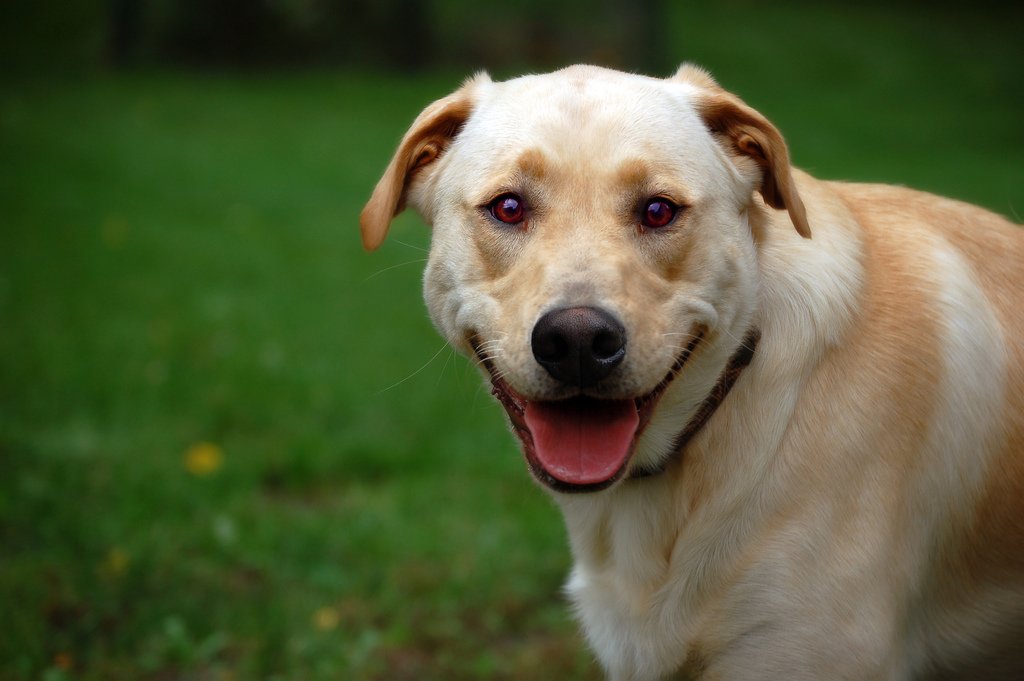Picture this – you come home after a long day, and there’s your furry friend at the door. But how can you really tell if those excited wiggles and tail wags mean genuine happiness or something else entirely? Dogs can’t tell us in words how they’re feeling, but they’re constantly communicating through their bodies, behaviors, and daily routines. Learning to read these subtle signs isn’t just fascinating – it’s essential for being the best pet parent you can be.
That Magical Tail Wag Tells a Story

When we think of happy dogs, that wagging tail immediately comes to mind. But here’s something many dog parents don’t realize – not all tail wags signal happiness. Each dog breed has a different relaxed tail position, but a happy dog will generally raise it slightly. If the tail seems to be raised pretty high, this could indicate agitation or over-stimulation.
A truly happy tail wag has a special quality to it. You’re looking for a tail in a lower position. The wag should be slow, rhythmical, have a casual quality about it, and move back and forth like an “old-fashioned metronome.” When a dog is happy, their whole body and tail will look relaxed, and they quite often wiggle! A happy dog’s whole body can wag along with their tail. A wriggling dog showing you their belly is likely to be a very happy and comfortable dog.
Their Eyes Are Windows to Pure Joy

Soft eyes have relaxed lids and can sometimes look like the dog is squinting. They indicate the dog is calm or happy. When your dog looks at you with those gentle, squinty eyes, they’re basically giving you the canine equivalent of a warm hug.
When a dog is happy, their eyes and eyelids will be open and relaxed, their gaze will be soft, and they will blink often. It’s the difference between someone staring intensely at you versus someone gazing lovingly across the breakfast table. Happy dogs make soft eye contact that feels like a conversation between best friends.
Sleep Like a Baby – Literally

Here’s something that might surprise you – healthy, happy adult dogs usually sleep for up to 16 hours a day. Yes, sixteen hours! That’s not laziness; that’s contentment. Happy adult dogs get plenty of sleep, about 12 hours daily. “Sleep is essential to dogs, just as it is for us,” says Bekoff. Sleep has numerous benefits for dogs, such as helping with brain development and memory and supporting a healthy immune system.
Happy and healthy adult dogs get many hours of sleep a day. If you and your dog have had an exciting day full of jogs, games of fetch and other fun activities, your dog may be so happy and satisfied that she doesn’t have any energy left. Instead of pacing around the house like normal, she may be passed out on the bed – or couch or the middle of the kitchen floor – snoring contentedly. When they sleep deeply, sometimes even letting their tongue loll out, you know they feel completely safe and happy.
Food is Still Their Favorite Thing

Dogs that are content and feeling well have good appetites. A change in your dog’s appetite is one of the first signs of potential illness or unhappiness. Think about it – when you’re stressed or upset, food often loses its appeal. The same goes for our canine companions.
A happy dog approaches mealtime with enthusiasm. Having a healthy appetite and excitement around mealtimes are some of the sure signs a dog is happy. A dog with a good appetite will show excitement and eagerness when it’s time to eat. They may wag their tail, pace around, or become visibly enthusiastic as you prepare their food. If your dog still does their little happy dance when they hear you opening their food container, that’s a wonderful sign all is well in their world.
They’re Your Personal Shadow

Happy dogs make a lot of body contact. If your dog reacts, stays close, or even leans in toward your hand during petting, they’re enjoying the contact. When your dog chooses to be near you – not because they have to, but because they want to – it speaks volumes about their emotional state.
This doesn’t mean they need to be velcroed to your side every moment. Happy dogs seek physical contact with their owners, like snuggling up to you on the couch or nudging your hand for a pat on the head. Our dog would love to lean his entire body against us when he felt happy and wanted to be close. Sometimes they’ll simply choose to nap in the same room as you, or follow you from kitchen to living room just because being near you feels right.
Playfulness Bursts Through

Have you ever wondered “are zoomies a sign of a happy dog?” The answer is yes! Zoomies, or sudden bursts of energy and running around, are a playful way your dog can show off their happiness. When a dog experiences the zoomies, they may also display other signs of happiness, such as a wagging tail and playful expressions.
Dogs in a happy, playful mood may scooch their chest down to the floor with their bottom in the air. This stance is called a play bow. They will do this before a play session to signal that they are ready to play and want to play with you! When your dog drops into that adorable play position with their bottom high and front end low, they’re basically saying “Let’s have some fun!” in the clearest way possible.
Relaxed Body Language Says It All

The signs a dog is happy can be seen not only when they’re in a playful mood, but also when they are feeling relaxed. Happy dogs have a loose, soft posture without any signs of tension or stiffness. This body language will usually be paired with a relaxed facial expression, including a slightly opened mouth, and their ears in a natural position.
Body tension is a big giveaway that a dog isn’t happy. If you pet a happy dog, “they don’t feel like the top of a wooden desk, their skin will actually move underneath your hand,” says Aloff. When you run your hands over your dog and they feel soft and moveable rather than rigid, you know they’re in a good place emotionally. Their ears hang naturally, their mouth might be slightly open in a gentle smile, and everything about them just looks comfortable.
Good Behavior Comes Naturally

Happy dogs are unlikely to destroy your home or act “naughty.” Chewing is a natural behavior for dogs, as they use their mouths to explore their environments. But excessive chewing or destructive behavior, particularly in an adult dog, could also be a sign of stress or boredom.
When dogs feel secure and content, good behavior flows naturally from them. This sign of canine happiness extends past not being destructive. If they are generally well-behaved, they are likely happy. A bored, stressed, or anxious dog is unlikely to be on his best behavior, but a happy one will be. They listen better, respond to training more readily, and seem to genuinely want to please you. It’s like they’re saying, “Life is good, so let’s keep it that way!”
Conclusion

Reading your dog’s happiness isn’t about looking for one perfect sign – it’s about noticing the beautiful symphony of contentment they display throughout their day. From the gentle rhythm of their relaxed tail wag to the way they choose to curl up next to you for an afternoon nap, happy dogs wear their joy in countless small moments. The magic happens when you start recognizing these signals consistently, because that’s when you know you’ve truly created a life where your dog feels safe, loved, and genuinely content.
Remember, every dog is unique, and what happiness looks like can vary from one furry friend to another. Some dogs are naturally more exuberant while others show contentment in quieter ways. The key is knowing your specific dog’s personality and watching for changes in their normal patterns. When you see those soft eyes, hear that contented sigh as they settle in for a nap, or watch them bounce with excitement when you come home, you’ll know you’ve got it right. Isn’t it wonderful how much our dogs trust us to understand their silent language of love?





